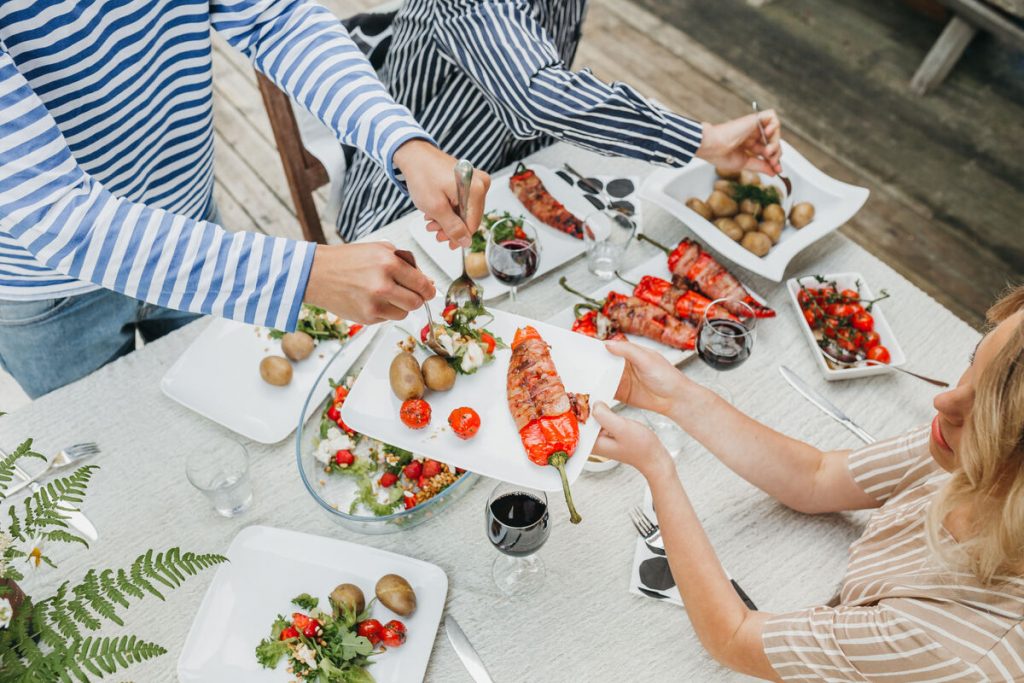Text: Hélène Delbosc D’Auzon
Photos: Emilia Hoisko, Visit Finland
Promotional food tourism videos
In the beginning of the 2000s, food tourism emerged as another form of cultural tourism. 20 years later, food tourism is an established tourism segment with 53 % of leisure travellers being food travellers. A wide range of food tourism experiences is now offered such as food tours, food festivals, market visits, winery visits or cooking classes. The tourism actors behind those products are increasingly using video marketing as a promotion tool, as well as DMOs, who choose to promote their destinations through videos.
How the research was carried out?
The thesis was commissioned by Hungry for Finland, a project coordinating the food tourism strategy for Finland. The objective was to observe the existing food tourism videos promoting Denmark and France and show the best practices with examples. The main research question was “What are the key components that compose a food tourism promoting video?” The sub-questions were “What kind of food tourism trends can be seen in the videos promoting Denmark and France?”, “What kind of food tourism-related activities are shown in the videos?” and “Are there elements that target specifically the foodie tourist segment?”. The commission was given in November 2020 and the thesis was finished in May 2022.
The data collection method for this research-type thesis was a qualitative, non-participant observation. The sample consisted of 10 videos promoting the food of Denmark and 10 promoting the food of France.
The main results: the recurring themes in the sample of videos taken from both countries
The sample of videos consisted of 11 videos promoting a destination and 9 videos promoting food experiences. The elements that I was looking for were: food tourism trends (sustainability, food events…), food tourism activities (visiting restaurants, food tours, cooking classes…) and elements that were targeting the foodie tourist section (cultural authenticity, aesthetic…). After distinguishing all those elements for each category (destination/food experiences), the findings of the most recurring elements were as followed: for food experience videos, the most recurring trend was “food markets”, the most recurring activities were “food tours” and “trying local food”. Finally, the most recurring elements targeting foodies were “togetherness”, “learning experiences” and “cultural authenticity”. For destinations promoted videos, the most recurring trend was “sustainability”, and the most recurring activities were “visiting restaurants” and “trying local food”. Finally, the most recurring element targeting foodies was “learning experiences”.
Most videos were filmed in the 3rd person, with a soundtrack, dynamic shots and a narrative structure. The best practices of promotional food tourism videos are: quality video production, content that sparks positive emotions, the use of user-generated content, representing current trends and many food activities, as well as elements targeting foodies according to the experience realms.
Not all current food tourism trends were present in the videos and the technology trend was unexpectedly underrepresented. Overall, results mostly matched up with the previously studied theory: most studied trends, tourism activities, and elements targeting foodies were applied in the sample videos.
However, the video sample was not homogeneous: Denmark had 8 videos promoting a destination and 2 videos promoting a food experience while France had 7 videos promoting food experiences and 3 videos promoting a destination. When researching elements that compose a food tourism promoting video, the sample as a whole did not pose a problem as there was a balanced number of each kind of video. When analysing the elements of videos taken separately from each country, they differ in what is represented.
What can be said about Danish food culture through video promotion?
The food tourism videos from Denmark were mostly composed of videos made for DMOs, which are focused on advertising a destination. Consequently, a good overview of the country’s culture is shown. The main themes observed from the videos were sustainability, farms, simple food, beer culture, and gastronomy. The Danish videos showed many aspects of sustainability by displaying some practices such as growing oyster mushrooms from coffee grounds, having vegan food options, biodegradable packaging or sourcing restaurant’s raw materials from very nearby farms. Speaking of which, farms were notably represented when farmers or restaurateurs were seen pulling out crops, or when animals were shown such as pigs and chickens.
The food from Denmark is closely related to the Nordic food identity, which is branded as being pure, fresh, and simple. The food shown was generally recognizable with berries, potatoes, fish or mushrooms. Beer is shown throughout the Danish videos, especially one which was centered around the beer culture. We get to see many kinds such as red ale, stout, or wheat beer, with the big brands such as Carlsberg or Mikkeller. The food experiences videos also show tourists visiting breweries.
Gastronomy was probably the most expected aspect to be seen from the videos, seeing how the country heavily markets itself as being a top country for gastronomy experiences and Michelin star restaurants. Footage of chefs preparing gastro food or seeing gastronomic food being plated in beautiful shots was a recurring sight. The food tourism culture of Denmark has many aspects of the Nordic food culture, especially in terms of ingredients used. However, they managed to stand out with outstanding work on having not only a good offering of gastronomic restaurants but having this while practising sustainability. The ultimate proof is their five-time awarded world’s best restaurant: Noma.
More information:
Thesis author: helene.dauzon(at)gmail.com
Thesis supervisor: kristiina.adamsson(at)haaga-helia.fi

